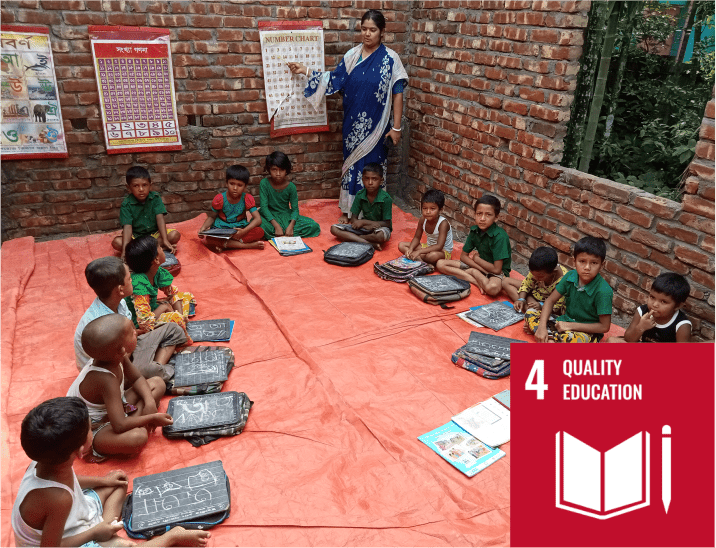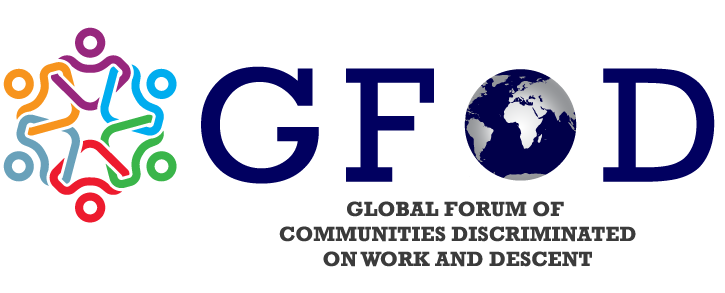SDG Goal 4 – Quality Education

There is growing international recognition of Education for Sustainable Development as an integral element of quality education and a key enabler for sustainable development. Agenda 21, the action plan document from the UNs Conference on Environment and Development, held in Rio de Janeiro in 1992 held that education was crucial to achieve sustainable development.
Across nations, communities discriminated on work and descent (CDWD) are often on the wrong side of the education and literacy divides as they face discrimination at all levels of education from primary to higher to technical and professional education.
Cultural practices and beliefs hinging on notions of ‘’impurity” deny millions the right to receive quality education. For instance, four out of every five adults from Yemen’s Al-Akhdam community cannot read and write and 52 per cent of the children (aged between 10 and 14 years) from the community cannot read and write – compared to 17 per cent in the corresponding age group from the general population. According to the Alternative report submitted to the UN Committee on Economic, Social and Cultural Rights (May 2011), 98 per cent of Akhdam children enrolled in school never reach the third grade in secondary school.
Likewise, a publication from the International Dalit Solidarity Network published in 2015 says that only five out of hundred Bangladeshi Dalits aged 15 and above can write their name and address.
Japan’s Baraku community, classified as ‘dirty’ and ‘inappropriate’ to associate with, suffer from lower levels of education as compared with other communities in the country. And in Europe, Roma children are educated in ‘special’ schools meant for disabled children, a clear manifestation of centuries of discrimination.

